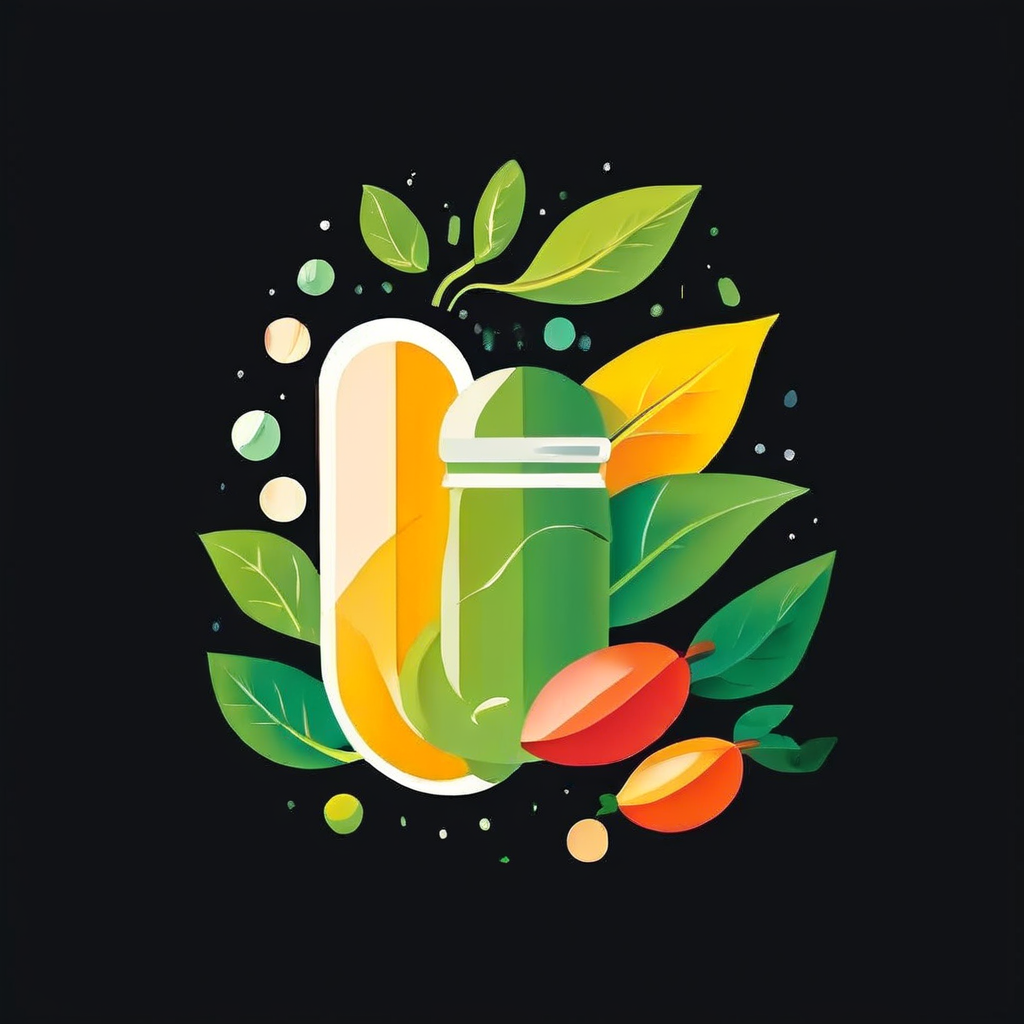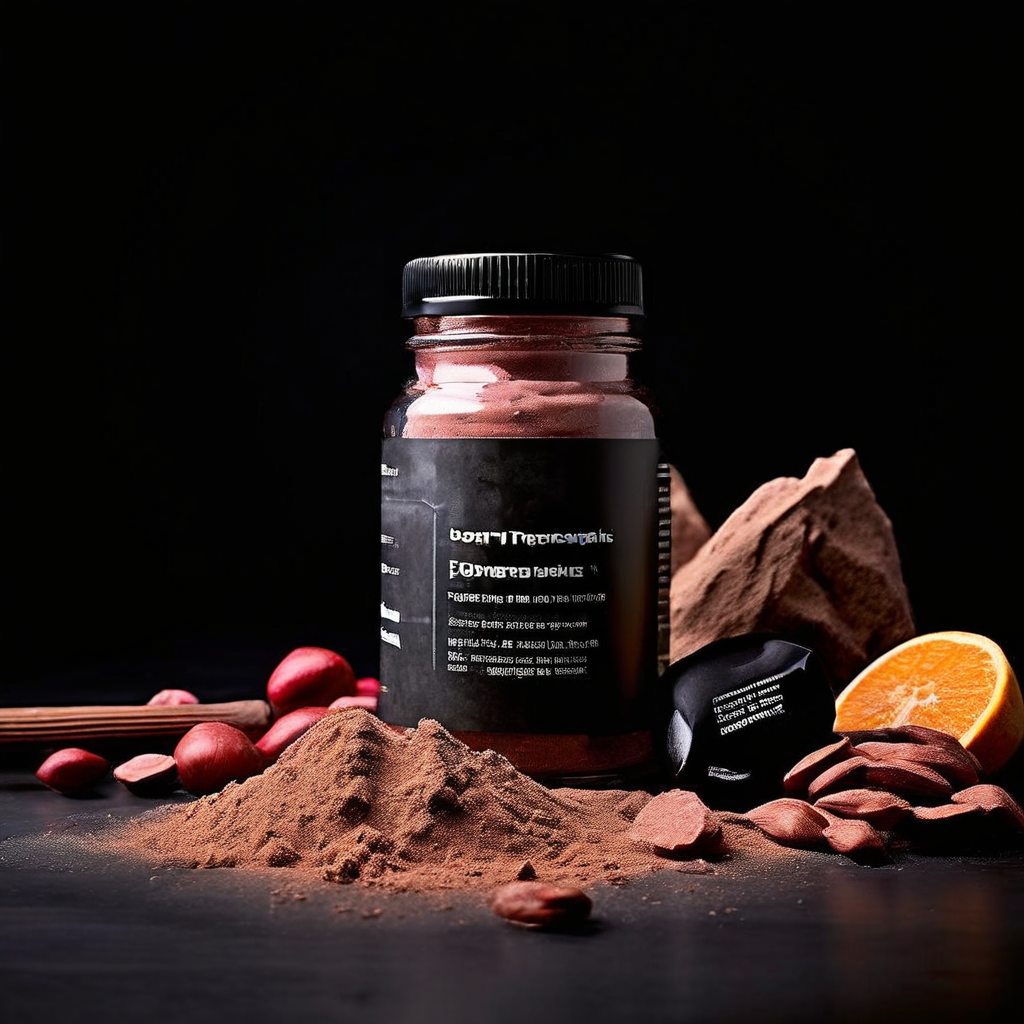Citrulline malate is a combination of the amino acid citrulline and malic acid, an organic compound found in many fruits. It is naturally present in some foods, primarily watermelon, and can also be taken as a dietary supplement to potentially enhance athletic performance and cardiovascular health.
Citrulline malate has gained attention in recent years due to its potential health benefits and performance-enhancing properties. This unique compound is a combination of two naturally occurring substances: citrulline, a non-essential amino acid, and malic acid, an organic compound found in many fruits and vegetables.
Citrulline: The Amino Acid Component
Citrulline is a non-essential amino acid, meaning that the body can produce it independently, although it can also be obtained through dietary sources. Unlike many other amino acids, citrulline is not used to build proteins. Instead, it plays a crucial role in the urea cycle, helping to remove ammonia from the body. Citrulline is also a precursor to another amino acid, arginine, which is essential for the production of nitric oxide, a compound that dilates blood vessels and improves blood flow.
Malic Acid: The Organic Acid Component
Malic acid is an organic compound found naturally in many fruits and vegetables, particularly in apples, cherries, and grapes. It is responsible for the tart, sour taste of these fruits. In the body, malic acid plays a role in the Krebs cycle, a series of chemical reactions that generate energy for cellular processes. Malic acid is also believed to have fatigue-reducing properties, making it an attractive ingredient in sports supplements.
Food Sources of Citrulline Malate
While citrulline malate is available as a dietary supplement, it can also be found naturally in several food sources. The most notable source of citrulline is watermelon, with the highest concentrations found in the white rind of the fruit. Other food sources of citrulline include:
- Bitter melon
- Squash
- Pumpkin
- Gourds
- Cucumbers
It is vital to note that the citrulline content in these foods is significantly lower than that found in watermelon. Malic acid, on the other hand, is more widely distributed in fruits and vegetables, with particularly high concentrations in:
- Apples
- Cherries
- Grapes
- Peaches
- Plums
Potential Benefits of Citrulline Malate
The combination of citrulline and malic acid in citrulline malate supplements is believed to offer several potential health benefits, particularly in the realm of athletic performance and cardiovascular health. Some of the proposed benefits include:
- Improved blood flow and oxygen delivery to muscles
- Enhanced ATP production and reduced muscle fatigue
- Increased muscle protein synthesis and reduced muscle soreness
- Lowered blood pressure and improved heart health
While these potential benefits are promising, it is essential to acknowledge that more research is needed to fully understand the effects of citrulline malate supplementation on human health and performance.
The bottom line
Citrulline malate is a naturally occurring compound that combines the amino acid citrulline with malic acid. While it can be found in some foods, particularly watermelon, it is more commonly consumed as a dietary supplement. The potential benefits of citrulline malate supplementation include improved athletic performance, reduced muscle fatigue, and enhanced cardiovascular health. However, as with any supplement, it is essential to consult with a healthcare professional before incorporating citrulline malate into your diet or fitness routine.



